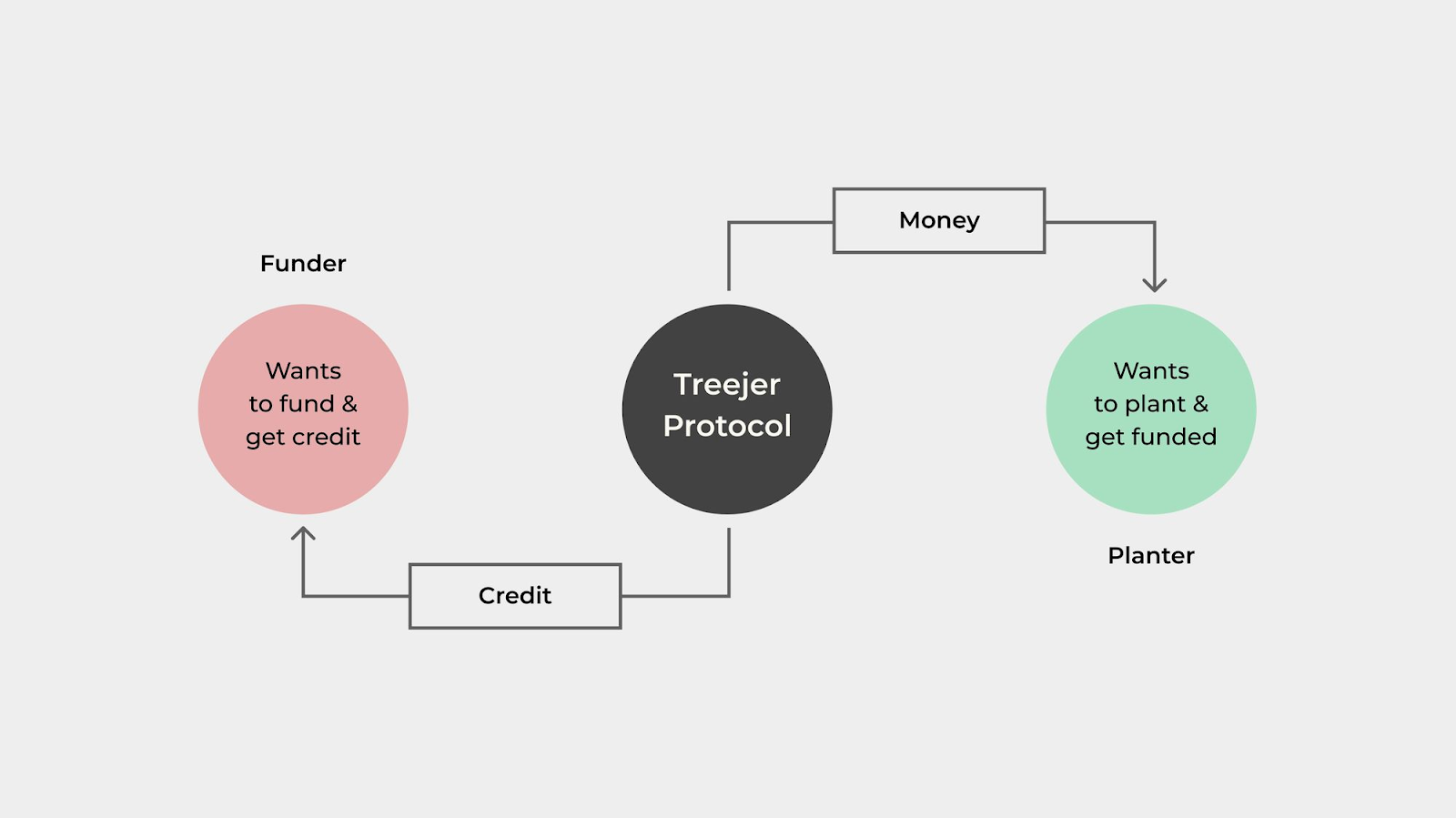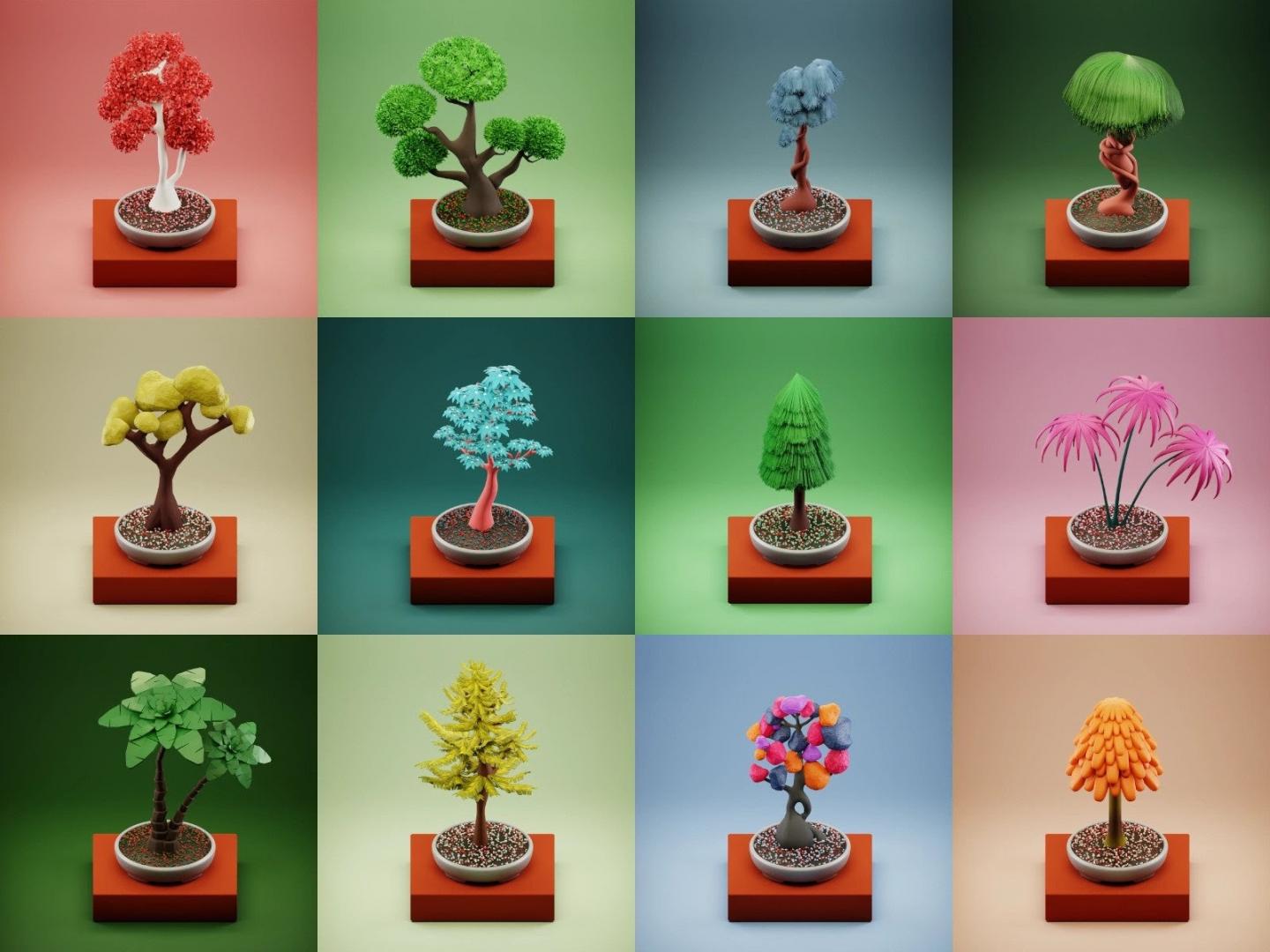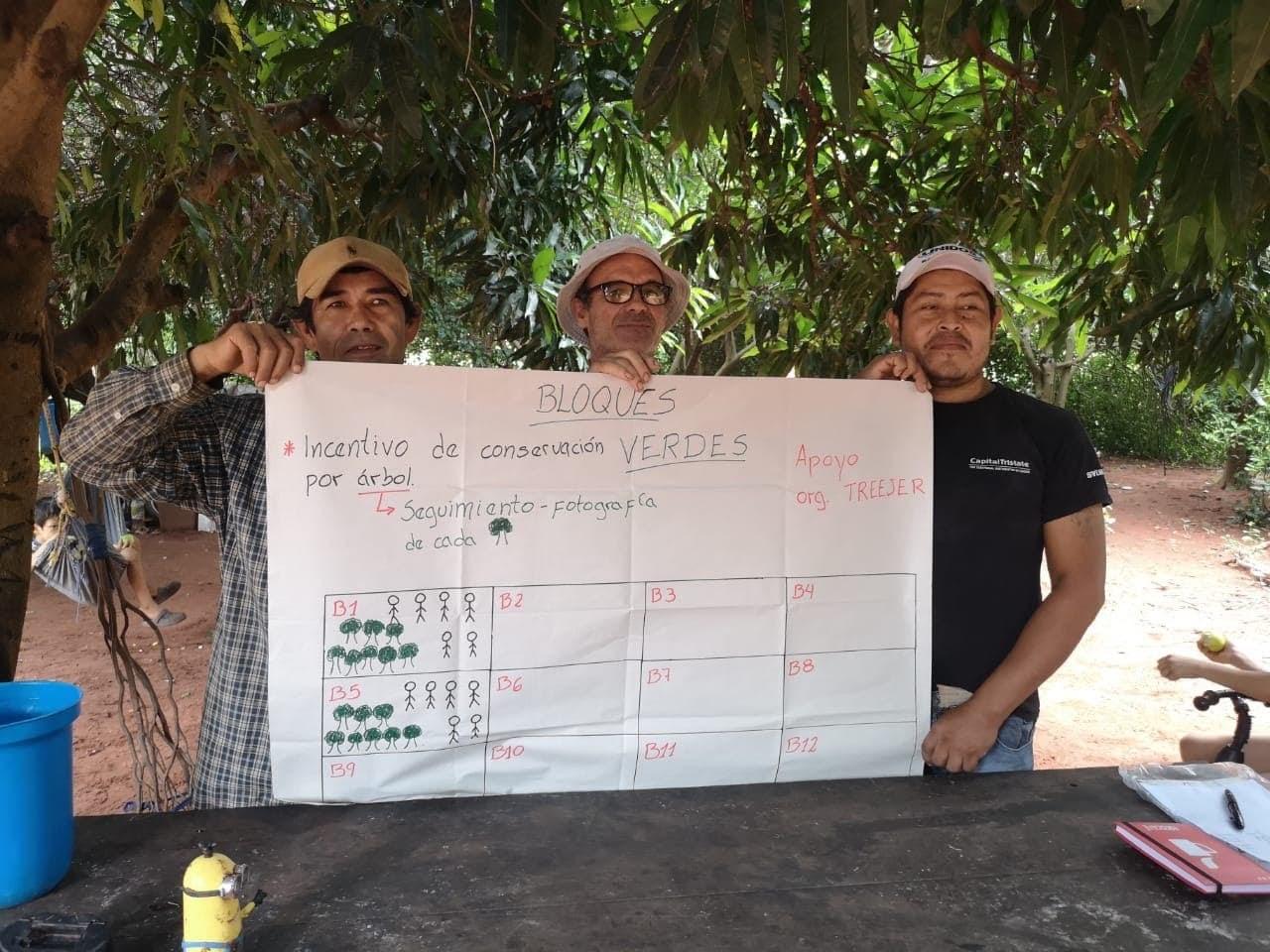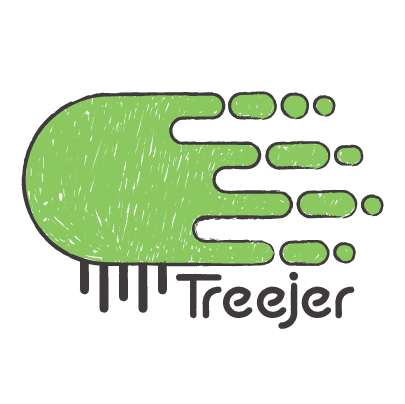UNICEF Innovation Fund Invests in Treejer Protocol
We’re excited to announce that we’ve received investment from UNICEF Innovation Fund. This will help us deliver our vision for a better world.
About Treejer Protocol
Treejer is an open protocol connecting tree funders to rural planters worldwide. The project is experimenting with cutting-edge concepts such as decentralized finance (DeFi), non-fungible tokens (NFTs) and smart contracts to unlock new opportunities in climate finance and rural development.
Lack of transparency in financing conservation projects is a big challenge, specially for projects located in the less developed parts of our planet. We usually donate and forget. And we hope that someone will use the money for good. Another challenge is that we focus on the number of new trees that end up in the ground, not on planting the right trees in the right places or taking care of them after planting to ensure they survive. Governments and organizations have long suffered from low survival rates of trees in restoration projects and are looking for new ways to mitigate it.
In addition, it's hard to combine programs towards the financial inclusion of unbanked communities and align them with climate goals. In fact, that's where our environmental actions have potentially the highest social impact as well.
And last but not least, we've noticed the lack of proper incentives for people and organizations to fund such impact projects. There should be a diverse set of financial and non-financial incentives for them to fund forests. Some funders want to own the credit of their action and showcase it to the public, and some others prefer to look at it as an impact investment opportunity with tangible ROI. At Treejer, we're building open tools to address such challenges.

In simple words, Treejer Protocol acts as a transparent bridge. Individuals and organizations are encouraged to fund trees with it and local communities are paid to plant and maintain them as they grow.
Impact
Treejer creates new job opportunities for local communities and helps build a better future for our children by tackling Climate Change, one of the most pressing issues of our time. Our approach in reforestation and afforestation is sustainable, inclusive and community-based. We are exploring new ways to maximize impact and transparency.
The protocol uses blockchain-based smart contracts to receive funding for trees and redistribute it to planters and other stakeholders in a transparent way. Using Treejer is free for both planters and funders, however, it charges a commission per tree sale to enable a more sustainable development with high social impact:
- Rural Development Fund: A pool that distributes recurring micro-loans to participating communities for other sustainable development activities such as children education and local entrepreneurship
- Tree Rescue Fund: A pool that acts as an insurance to plant new trees when wildfires or other natural disasters hit the sites
- Tree Research Fund: A pool that sponsors scientific researches required for developing Treejer, such as impact analyses, economic modeling and finding allometric equations of tree species to estimate their absorbed carbon
- Protocol Development Fund: A pool that supports open-source development and expansion of Treejer Protocol
The team has conducted 3 pilots in simulated off-chain environments to prototype NFT-like story-telling opportunities for local communities. These collectible trees were distributed in two forms: digital TreeCard and physical TreeBox. They both conveyed the story of trees in addition to a QR code that let users locate them online.

After a year-long development, prototyping and optimization phase, Treejer has expanded to 10 new countries and onboarded locals to test with another 10,000 trees globally before increasing tree supply caps. These first 10,000 unique trees are part of a collection called GENESIS and will be distributed on Polygon, a sidechain of Ethereum blockchain with minimized environmental impact.
The same local communities from LatAm, Middle East and Africa have collectively pledged to supply hundreds of thousands of trees to Treejer after tree supply caps are increased. Furthermore, they’ll be the first communities to access our rural development fund and get zero-interest micro loans to accelerate sustainable development in their regions. The following images show a local community that is planting trees with Treejer in Bolivia.

How It Started
A few years ago, wildfires raged in the Amazon and Africa. Like many others, I wanted to help, I realized that I couldn't ensure the money would go to the affected communities. Most of the fundraisers were located in other developed countries and claimed to be connected with locals. However, they provided low transparency on fund usage and measurement of their impact.
At one point, that small obsession sparked a much bigger idea of building something for local planters around the world to connect them with donors and investors directly. Very soon, I noticed that I'm sharing this small dream with some great minds and teammates I'd had worked with in other impact projects. We were surprised by how fast some other like-minded contributors joined us globally. We started the idea of "planters without borders", designed the current form of Treejer Protocol and started prototyping to learn about the needs of our users. The project is now a bit different from its inception idea but it still shares the original values of decentralization, transparency and borderless approach in empowering local communities to tackle climate change.
Treejer is embracing a multi-stakeholder approach in climate innovation and has adopted a progressive decentralization strategy to engage communities at the highest levels of decision-making. We're trying to maximize cooperation and minimize competition by redesigning incentives, even for ourselves. In fact, Treejer has open and permission-less integration capabilities for everyone. This means that, on one side, existing businesses can freely integrate with Treejer to create a greener version of their product. For instance, they can plant trees per product sale and give customers the same traceable trees as a gift, or let them plant it themselves on the checkout page, with a simple integration. And on the other side, forest conservation projects can use Treejer as their infrastructure layer to manage forest, funding and communication with local communities.
Why Blockchain Technology
Blockchain has helped us experiment with cutting-edge concepts such as decentralized finance (DeFi), non-fungible tokens (NFTs) and smart contracts to unlock new opportunities in climate finance and rural development.
DeFi and smart contracts enable a transparent approach in forest finance that can benefit tree planters even in unbanked areas of our planet. Unlike many projects that focus on only planting trees, Treejer uses smart contracts and other incentive design tools to shift the focus to sustaining trees after plantation. The same tools help users create a hyper-liquid and globally accessible carbon market and source it with the carbon absorbed by Treejer trees.
In addition, NFTs bring unprecedented story-telling opportunities for rural communities and help funders claim credits for their impact. We believe NFTs are capable of changing the way we pay for not only art but also public goods. NFTs are similar to collectible assets and we're adding this "collectible" attribute to each single tree in Treejer. Now funders can own a digital representation of every tree they fund as a NFT. It provides them with some additional benefits both from Treejer and other platforms interested in rewarding them.
Why Open-Source
Climate Change is no joke and we're running out of time. Open-source innovation can boost our impact worldwide. And it comes with other perks as well: transparency, security and freedom. Who doesn't like that?
We wanted to build Treejer in such a way that it could be easily combined, modified and integrated, according to the needs of our users. In addition, open-source may create a community of like-minded contributors who take the ownership of this project besides us. We love that! We love to see other projects building on top of our technologies. And we love to accelerate innovation in climate action because we know it’s already getting too late. Unfortunately, many businesses underestimate the risk of isolated innovation in this area. We’ve witnessed how fast open-source boosted DeFi in a few months. It can be applied to other industries as well if incentives are well designed.
Team and Diversity
Today our core contributors and team members are located in 6 countries. Our distributed team works from Peru, Turkey, Iran, Canada, Portugal and India. We're product designers, developers, Earth scientists and community builders with shared dreams. Most of our global team members are highly-skilled migrants and I'm super proud of them. We want to build a better future for everyone regardless of their race, age, gender and thoughts.
Way Ahead
This investment will leverage our impact in many ways. We plan to use the funds to support further development of Treejer Protocol in the next 12 months and create an open community around it. With the support of UNICEF Innovation Fund, we will design, develop and test new features that expand the capabilities of our product.
UNICEF's network and expert knowledge in rural development will help us run use-cases in new regions. Through this partnership we’ll develop a use-case of Treejer Protocol for local communities of Persian-speaking countries as well. We’re looking forward to sharing our learnings with other portfolio projects and making partnerships to have a bigger impact on the lives of our children and young people.
About UNICEF Innovation Fund
The Innovation Fund invests exclusively in open source technology solutions. The investments can go either to UNICEF Country Offices or to private sector companies in UNICEF programme countries.
By investing in multiple concurrent teams working on similar problems and technology stacks the Fund can accelerate both the development of products, as well as the building, iteration, and exit of the teams around the technologies. The Fund also invests in early-stage "knowledge products" - operations research that is published in the public domain and supports investment strategies and decisions.
Through its investments, the Innovation Fund is generating value by strengthening communities of problem solvers, increasing the pool of global digital public goods, and growing solutions that bring results for children and the world.
This post was originally shared on UNICEF's website.
To learn more about Treejer Protocol, please head to our documentation portal.
